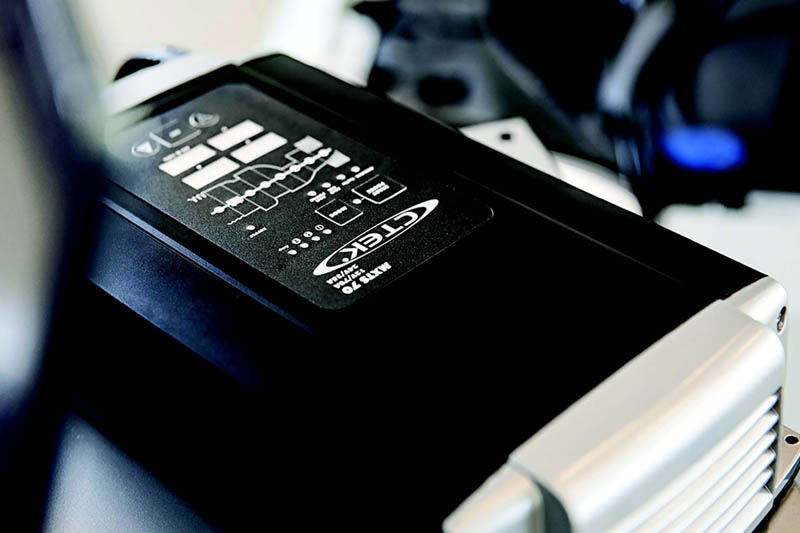
Tony Zeal from CTEK outlines how workshops can avoid frustrating and misleading ‘ghost faults’ on commercial vehicle batteries.
There are ‘spooky’ goings on in the workshop that can dramatically increase commercial vehicle service time; risking workshop efficiency and reputation. By making sure that a vehicle battery is tested when it first enters the workshop, and supported during any diagnostics procedures, workshops can avoid frustrating and misleading ‘ghost faults’.
So, what exactly is a ghost fault? A ghost fault (or ghost code) is, in short, a fault that your diagnostic tool detects for one component, that has actually arisen from another – clear as mud, right?
Here’s an example: when a vehicle arrives for service or to investigate a fault, you immediately connect a diagnostic tool to identify potential fault or error codes. As part of this procedure, the memory on the vehicle Electronic Control Units (ECUs) is scanned, to see if there are any issues to address. Or, in the case of a vehicle service, you need to reset the service indicator to tell the vehicle that is has been in for service
Whilst this procedure is being undertaken, it is crucial that the voltage across the vehicle system is correct. Voltage requirements vary from manufacturer to manufacturer and indeed from model to model – it’s good process to check this.
If this diagnostic procedure is undertaken when the battery has low voltage, and isn’t supported, an error code or fault will be reported by the diagnostic tool. And that’s because in the quest to protect against the battery failing, the vehicle Canbus system – the main communication channel between all vehicle control modules – will start to shut down all the systems it doesn’t need like the radio, start/stop function, air conditioning, etc.
Error codes may be reported for nonfunctioning systems, and if you don’t know that low battery voltage is the cause of the fault, you will start looking for, and trying to repair, a fault that is not really there – hence the expression ‘ghost fault’. It will remain a fault until you have taken care of the low voltage issue.
To protect against this, CTEK recommends two important steps as soon as the vehicle enters the workshop:
- Test the battery – using something like the PRO Battery Tester from CTEK will help you to identify if battery voltage is low.
- Use a battery support unit – Hook the vehicle up to a battery support unit in supply mode before undertaking any diagnostic work. Many battery support units, such as the CTEK PRO 70/50, enable you to specify the required voltage, so that potentially time-consuming ghost faults are not reported.
CTEK claims that around one in three commercial vehicles entering the workshop has a battery that needs attention – so it’s quite likely the battery will need support. Using a smart battery charger and support unit, like the MXTS 70/50, means that, as well as supporting the battery, it will charge it too – protecting against the battery voltage dropping even lower that it was when it arrived in the workshop.
So, testing and supporting the battery during vehicle diagnostic and service work will give you the confidence that you won’t get ‘spooky’ ghost fault reports that can waste time, resources, and give you a headache you could definitely do without!








